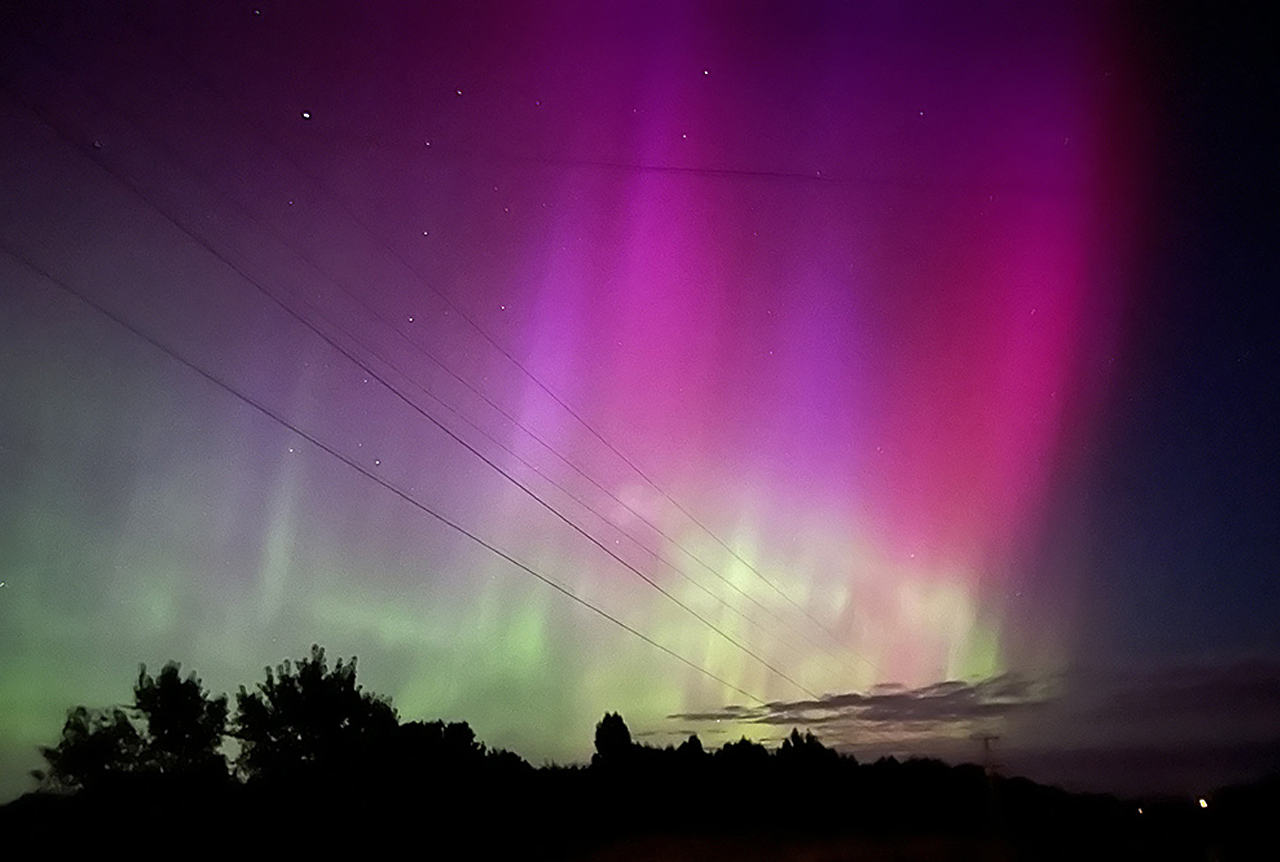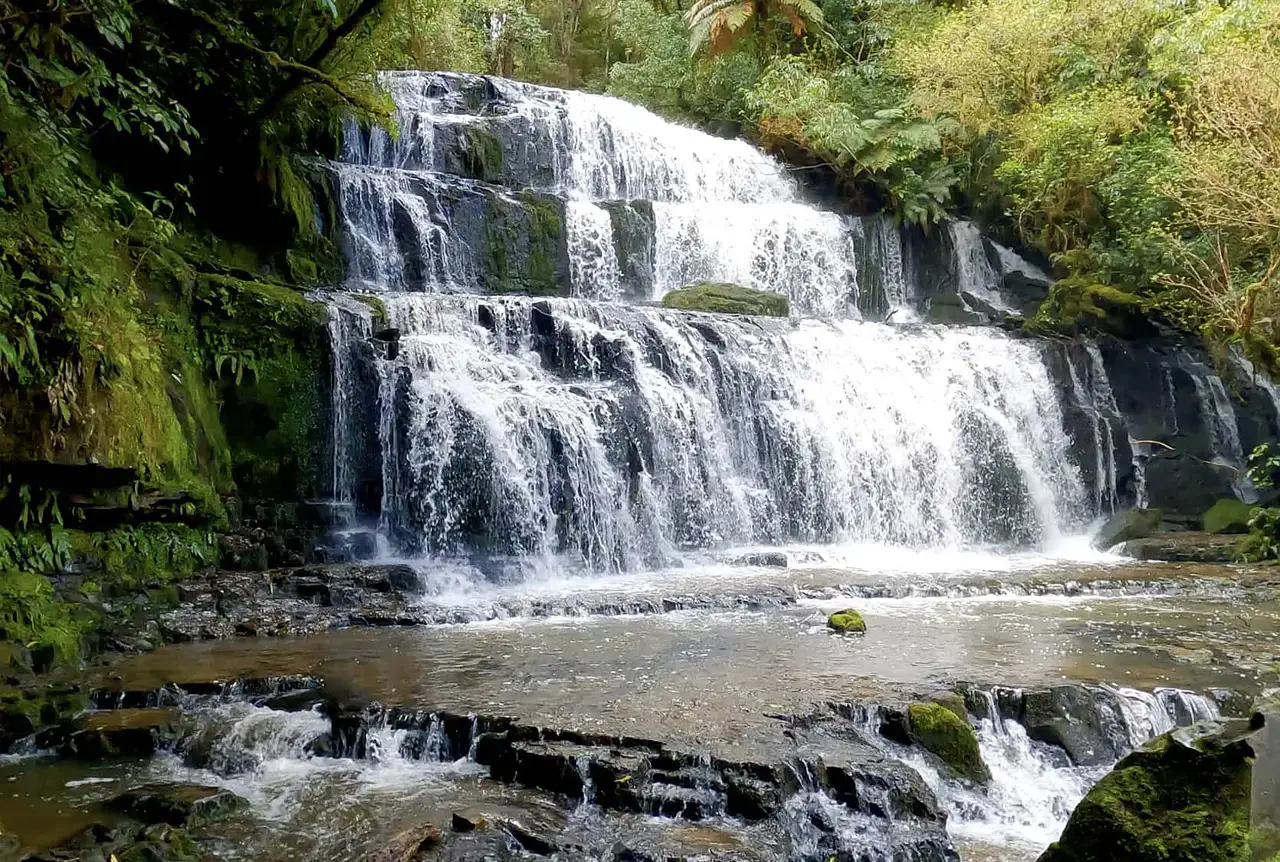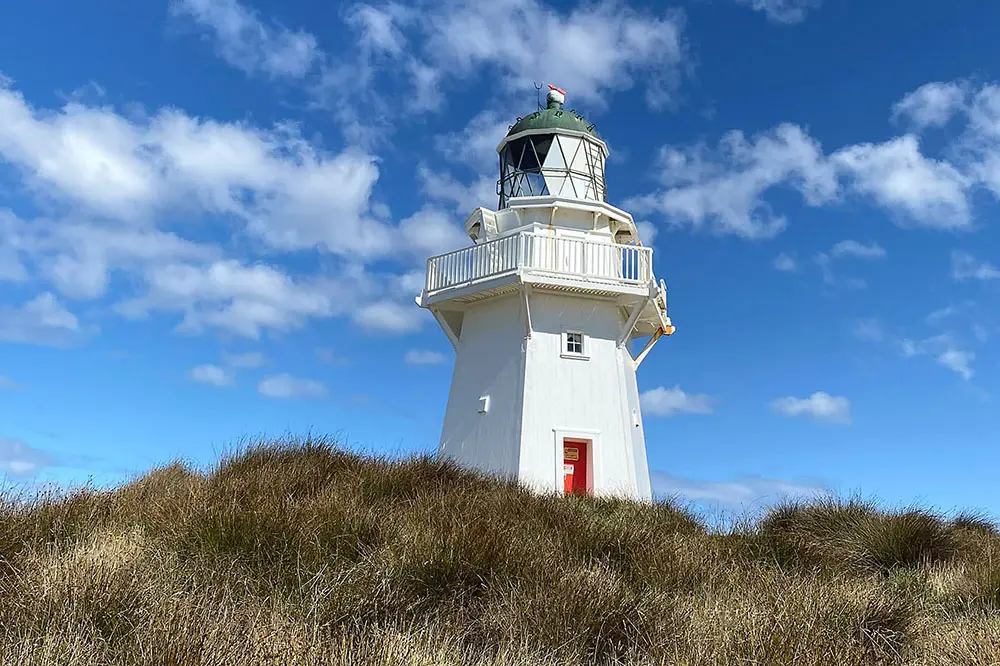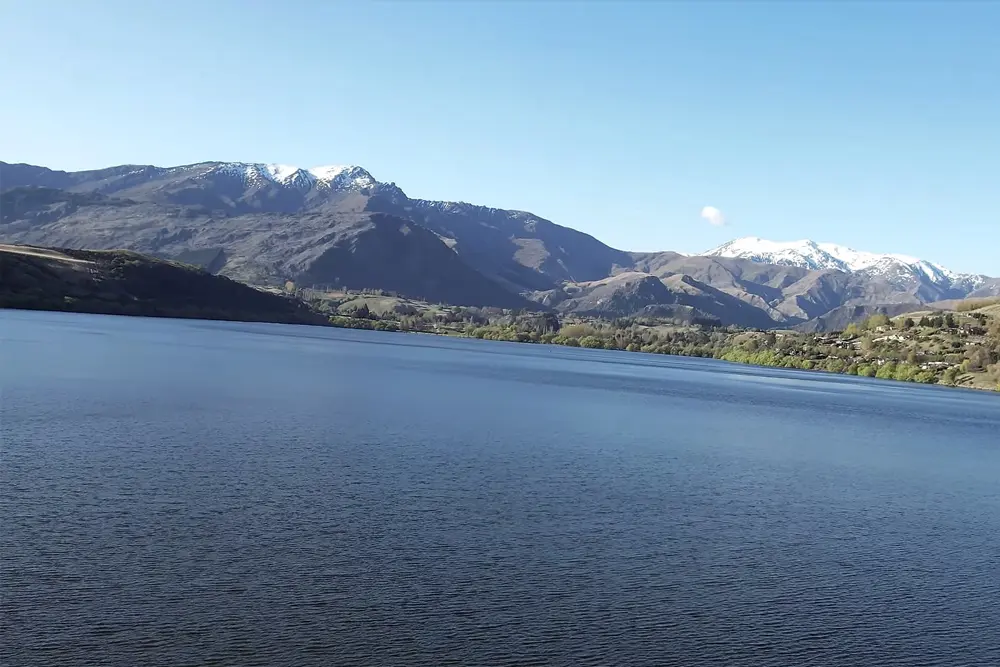Viewing the Aurora Australis was a special moment, an incredible sight that we will never forget
New Zealand has many fantastic attractions, and Aurora Australis, The Southern Lights, is one of the most stunning. We were lucky to see the Southern lights on our latest trip to Southland – it was on the bucket list, but we never thought it would happen.
It played out like this; we picked up our rental car (Ezi Car Rentals) from Queenstown Airport around 8 pm after flying down from Auckland. The journey was typically beautiful as we saw the sunset over Lake Wakatipu and drove past the Devil’s Staircase on the way to Kingston.
Around 10-11 pm driving past Lumsdun towards Invercargill, we noticed low clouds on the horizon. However, the clouds started shimmering and pulsing vertically, like curtains. Suddenly it dawned on us that we were watching the Aurora Australis. We could not believe how privileged we were to be able to see this.
To point out, the lights were not as bright as the pictures show. We saw the green faintly but no pink. The photography in night mode highlighted the colours. It could have been light pollution in the area – we imagine you would see more colour somewhere dark. But it was super impressive just how we saw it.
What causes the Auroras?
The Sun’s corona – the outermost region of the Sun’s atmosphere, consisting of plasma (hot ionized gas) – drives the solar wind (a particle flux of protons and electrons) away from the Sun. Some of these high-energy particles strike Earth’s magnetic field and follow magnetic field lines down into Earth’s atmosphere at the North and South magnetic poles. Earth’s atmosphere is mainly made up of nitrogen and oxygen.
When the solar particles reach Earth’s atmosphere, they collide with nitrogen and oxygen atoms, stripping away their electrons to leave ions in excited states. These ions emit radiation at various wavelengths, creating characteristic colours.
Collisions of solar particles with oxygen produce red or green light; collisions with nitrogen produce green and purple light.
Source: Encyclopaedia Britannica
Travelling to New Zealand? Click here for more




